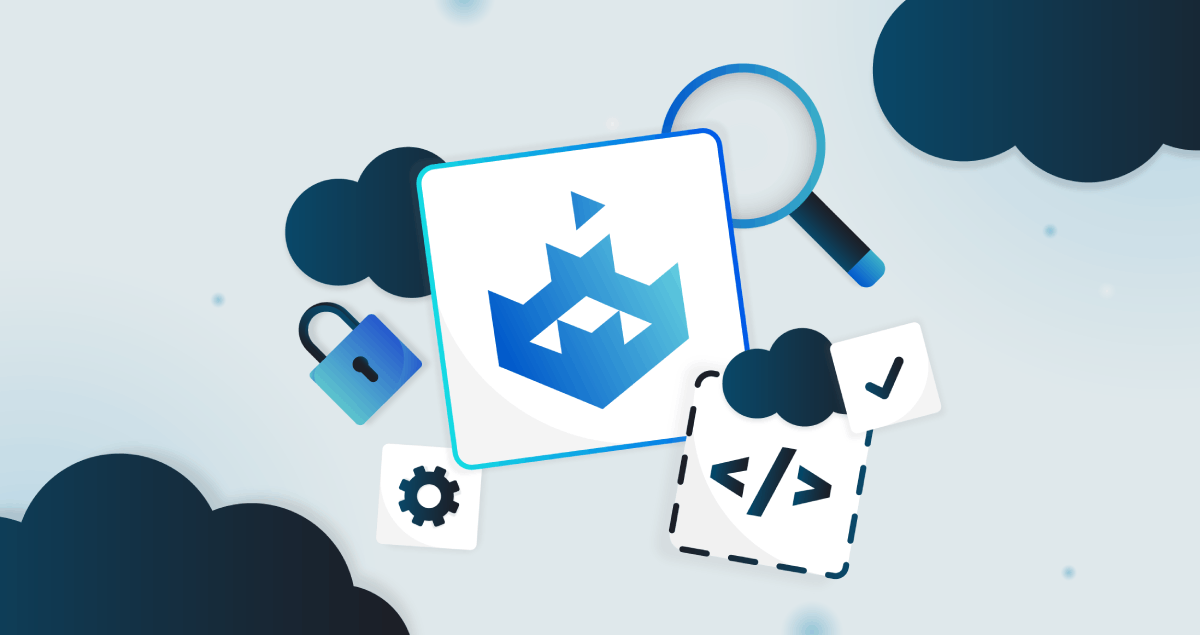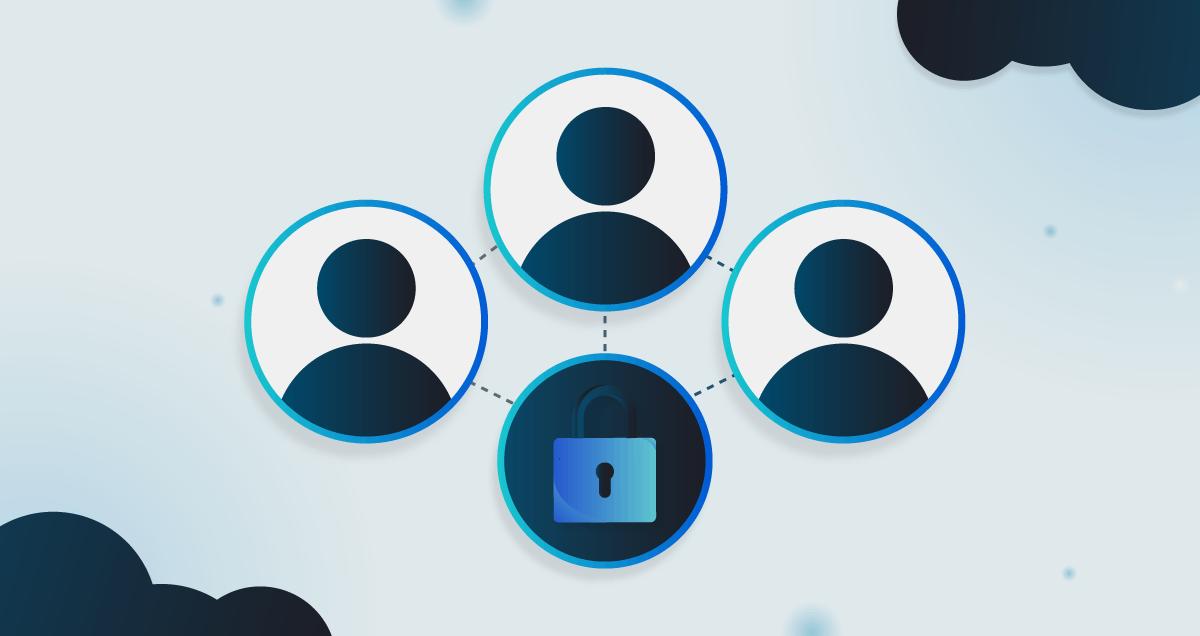It’s no wonder that developers might feel a little overwhelmed by how quickly technology changes; not only do they have to keep up with what’s new, but cyber threats are always emerging. That’s why security training for developers should be up-to-date, interactive, and, dare we say, fun! That’s where SecureFlag steps in.
Our platform provides developers with the real-world training they need to identify, resolve, and prevent security issues in their code, all while staying current with the latest security trends. In this post, we’ll check out some of the most common questions we get asked at SecureFlag.

Introduction to SecureFlag
SecureFlag’s platform helps developers write secure code and improve their security skills. It gives teams in the software development lifecycle (SDLC) access to numerous resources to make sure their software is as secure as possible, reducing vulnerabilities.
With SecureFlag, developers can learn to code securely in virtualized, controlled environments that help them stay ahead of the latest cyber threats. This includes training options that can be customized to your organization’s needs, whether that be an SMB or an enterprise.
The Importance of Secure Coding
Secure coding should be really high on the priority list for protecting your software from cybersecurity threats. For developers, secure coding training is essential for getting the skills needed to make software more secure and prevent breaches. You really can’t underestimate the importance of secure coding—just one insecure input field can lead to an attack.
Following good secure coding practices is also important for staying compliant with industry standards and regulations. By investing in secure coding training, organizations can reduce the risk of breaches and improve their overall security. It helps teams start thinking about security from the very beginning of the SDLC.
Answers to Your Secure Coding Questions
When it comes to security training for developers, we know there are a lot of questions. To help you better understand how SecureFlag can support your team’s growth and security skills, we’ve compiled answers to some of the most common inquiries we receive from prospects.
How Many Labs and Exercises Are in the Platform?
One of the things that makes SecureFlag stand out is the large amount of hands-on content that’s available. It has thousands of labs across a wide range of programming languages and frameworks, so developers can access practical exercises that align with their skill levels and experience.
These labs aren’t just theoretical; they’re designed to simulate real-world development environments, making learning relevant and engaging. We regularly release new labs and update existing learning paths.
As a member of the OWASP Education Committee, SecureFlag is actively involved in shaping the curriculum that developers should focus on for their security education. For example, when the OWASP Top 10 2021 was released, we updated all the related learning paths within a week to ensure our content was fresh and aligned with the latest security practices.
What Languages and Technologies Are Covered?
One of the most common questions we get is about the range of technologies covered by SecureFlag. The good news is that we support over 45 technologies, making sure developers across different roles and industries have something to benefit from. Here are some of the main technologies we cover:
-
Programming Languages: Java, C#, Go, JavaScript, Python, PHP, Ruby, C, C++, Kotlin, Pseudocode, Scala, Haskell, SQL, T-SQL, PL/SQL, COBOL, ABAP, Apex, Solidity, Shell, and more.
-
Frontend Development: JavaScript, TypeScript, React, Angular, Vue.js.
-
Mobile Development: Android (Java/Kotlin), iOS (Objective-C/Swift), React Native, Flutter.
-
DevOps & Cloud Technologies: AWS, GCP, Azure, ARM, Bicep, CloudFormation, Terraform, Kubernetes, Docker, Linux, Server Hardening.
-
CI/CD Technologies: Jenkins, GitLab
-
Security Testing & SOC: Labs for QA engineers and SOC Analysts focus on building security test cases and analyzing logs for indicators of compromise.
No matter what language or technology stack your team works with, there’s likely a relevant lab available for you.
What Are Learning Paths?
Learning Paths are comprehensive courses that combine knowledge base articles, videos, and labs. When users log in for the first time, they are assigned an initial learning path based on their selected technology. Training covers a range of security topics, ensuring that developers get a strong foundation in secure coding.
Developers apply what they have learned in the learning paths to revisit and improve their secure coding practices, addressing any vulnerabilities in their previous code.
As users progress, the platform tailors the content to their needs, providing a personalized learning experience that changes as their skills improve.
Can SecureFlag Integrate with Learning Management Systems (LMS)?
If you’re already using an LMS to manage your company’s training, you’ll be happy to know that SecureFlag can integrate seamlessly. Through our SCORM support, you can onboard and manage SecureFlag’s training content within your LMS, with results automatically synced back. This means you don’t need to leave your existing LMS to use SecureFlag, making it easier to track your team’s progress and performance in one place.
Is SecureFlag Only for Developers?
While SecureFlag is tailored towards developers, it doesn’t stop there. We know that application security is a team effort, and that’s why we also offer training for other roles within the SDLC. We have learning paths for DevOps, SysAdmins, cloud engineers, QA teams, and many more.
For example, we offer:
-
DevOps Training: Kubernetes, Docker, CI/CD, and server hardening training.
-
Infrastructure Security: Labs focused on system administration and security best practices.
-
Cloud Security: Hands-on labs for AWS, Azure, and Google Cloud Platform (GCP), which include Terraform.
By including labs that cover more than just development, SecureFlag ensures that your entire team is equipped to handle security challenges in their specific domains.
Do You Have Content for Non-Programmers?
Not everyone in your organization is going to be a developer, and that’s okay! SecureFlag also has training content aimed at non-technical roles, such as security awareness training and SDLC security best practices.
As you can see, our platform has something for different types of learners with personalized learning paths and resources. For those who don’t code, we also provide pseudocode labs to help explain key security concepts without diving into complex code. This means that everyone, from project managers to security professionals, has a basic understanding of how to integrate security into the SDLC.
What Reporting Metrics Does SecureFlag Provide?
When it comes to training, simply completing a course or lab isn’t enough. You need metrics to track real progress and ensure your team is improving. SecureFlag offers comprehensive reporting based on the hands-on labs that users complete. Here’s some of what you can measure:
-
Competency in secure coding: How well users are applying secure coding techniques in real-world scenarios.
-
Accuracy: How many attempts it takes a user to complete a task correctly.
-
Number of attempts: How many tries a user needs to make to solve a problem, showing how much trial-and-error is involved in learning.
These reporting metrics help prove the effectiveness of the training program and its impact on security skills.
All this data is available on your team’s dashboard, and you can also generate detailed reports in Excel for external use. These metrics are incredibly valuable for managers looking to track team progress and identify areas where additional training might be needed.
What’s the Biggest Value Clients See from Using SecureFlag?
The most significant value clients see from using SecureFlag is the hands-on learning experience. Traditional training often uses passive learning (like reading or watching videos), but SecureFlag is different. How? It centers on practical, interactive labs where developers learn by doing.
This means developers get to work in virtualized environments with the same tools they use in their everyday jobs. It’s a more engaging and effective way to learn, and it results in better retention of security practices that can be applied directly to their work.
Investing in SecureFlag’s training platform provides a significant return on investment by enhancing security skills and reducing vulnerabilities.
How Does the Platform Know What Training to Provide?
When users first sign up, they go through an onboarding process where they select their job role and focus technologies. Based on this information, the platform assigns an initial learning path to assess the user’s current knowledge.
After users complete labs and exercises, the platform adjusts training based on their progress and makes sure that the content remains relevant and challenging. The platform helps discover strengths and weaknesses in developers’ skills to tailor the training content accordingly.
This adaptive learning approach ensures that developers are always being pushed to improve, without feeling overwhelmed by content that’s too advanced for their current skill level.
Can SecureFlag Integrate with SAST and DAST Solutions?
Many organizations use SAST (Static Application Security Testing) or DAST (Dynamic Application Security Testing) solutions to find vulnerabilities in their code.
SecureFlag’s SARIF integration provides valuable context around vulnerabilities, such as attack scenarios and remediation steps, through targeted training. It helps teams prioritize issues and fix root causes more effectively. The integration also detects the main programming language in SARIF files to assign relevant labs for your tech stack.
The SecureFlag Knowledge Base Open API offers third-party vendors a simple way to access and integrate our training content and labs. It allows teams to strengthen their secure coding skills through customized security training.
Aside from Open API, we also have ready-to-use integrations with well-known platforms such as Jira, GitHub, GitLab, Azure Boards, Slack, and SonarQube.
The REST API supports custom integrations, so that teams can adjust the platform to fit their specific needs and security tools.
These integrations make it easier to connect security testing and training, so your team is always prepared to take on the vulnerabilities they uncover.
How Do Tournaments Work?
One fun way to get your team involved in security training for developers is through SecureFlag’s tournaments. These time-boxed events allow users within the same organization to compete in remediating security vulnerabilities. The goal is simple: score as many points as possible and climb the leaderboard.
Tournaments are a great way to add a competitive edge to your training while promoting security awareness in an engaging way. We provide all the support needed to organize a tournament, from communication templates to swag for the winners. It’s a fantastic way to encourage developers to practice secure coding in a low-pressure environment.
How Do We Measure the Success of the Program?
To track the success of your security training for developers program, SecureFlag offers a progressive training model. After assigning a batch of training to your users, we give you regular progress reports, showing how well your team is improving. This feedback loop allows us to adjust the training as needed, so your team continues to develop their security skills.
Reducing security issues and remediation time helps mitigate risk and improve the overall security posture.
Over time, you should see fewer security issues being raised and a faster remediation time. This is a clear indicator that your training program is having a positive impact.
Build Safer Applications With SecureFlag
By now, you should have a good idea of what SecureFlag offers and how it can benefit your organization’s developer security training program. SecureFlag’s platform is trusted by companies of all sizes to strengthen their security training for developers.
Our hands-on labs, flexible learning paths, and comprehensive reporting make it a great way to help your teams address current security challenges. If you’re ready to take your training to the next level, don’t hesitate to reach out to us. We’re here to help!


